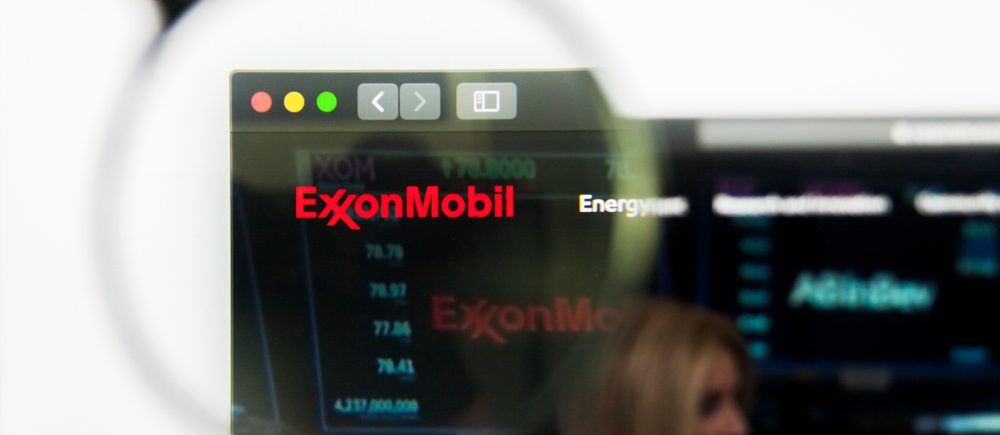Oil prices remained little changed on Tuesday as traders weighed the impact of rising supply from OPEC+ and concerns about weaker global demand, against U.S. President Donald Trump’s threats to impose tariffs on India over its Russian oil imports.
OPEC+ Boosts Production Amid Supply Concerns
The Organization of the Petroleum Exporting Countries and its allies (OPEC+), in a decision made on Sunday, agreed to raise oil production by 547,000 barrels per day (bpd) for September, effectively ending its most recent output cut earlier than initially planned. This increase in supply comes as the market continues to grapple with concerns over weakening global demand, putting further pressure on oil prices.
Brent crude futures dropped 36 cents, or 0.5%, to $68.40 per barrel at 0910 GMT, while U.S. West Texas Intermediate (WTI) crude slipped by 41 cents to $65.88 per barrel. Both contracts had fallen by more than 1% on Monday, settling at their lowest levels in a week.
Trump’s Tariff Threats Against India Add to Market Uncertainty
In addition to rising supply, market participants are also closely watching developments regarding U.S. President Trump’s threats to impose higher tariffs on Indian goods due to the country’s continued purchase of Russian oil. India is the largest buyer of seaborne crude from Russia, importing approximately 1.75 million barrels per day (bpd) between January and June 2025, according to trade data.
Despite Trump’s rhetoric, analysts remain skeptical that the situation will lead to a significant supply disruption. John Evans of oil broker PVM stated in a report that traders appear doubtful that Trump’s tariff threats will cause substantial changes in the oil supply dynamics. Giovanni Staunovo, an analyst at UBS, echoed this sentiment, describing the oil market as “stable” until further clarity is provided on the U.S. president’s next steps concerning Russia and the response from Indian buyers.
Economic Concerns Weigh on Oil Demand
Renewed concerns about global oil demand also persist, with some analysts predicting that economic growth may falter in the second half of the year. JPMorgan, on Tuesday, highlighted a high risk of a U.S. recession, further dampening market sentiment. Additionally, China’s July Politburo meeting revealed that there would be no further policy easing, shifting the focus to structural rebalancing within the world’s second-largest economy. This signals that growth may slow in China, which is a key global oil consumer.
Looking Ahead
With concerns about supply and demand continuing to dominate the market, oil traders are likely to remain cautious in the short term. The response to Trump’s tariffs on India, as well as economic indicators from major oil consumers like the U.S. and China, will likely dictate oil price movements in the coming weeks.
 Noor Trends News, Technical Analysis, Educational Tools and Recommendations
Noor Trends News, Technical Analysis, Educational Tools and Recommendations





